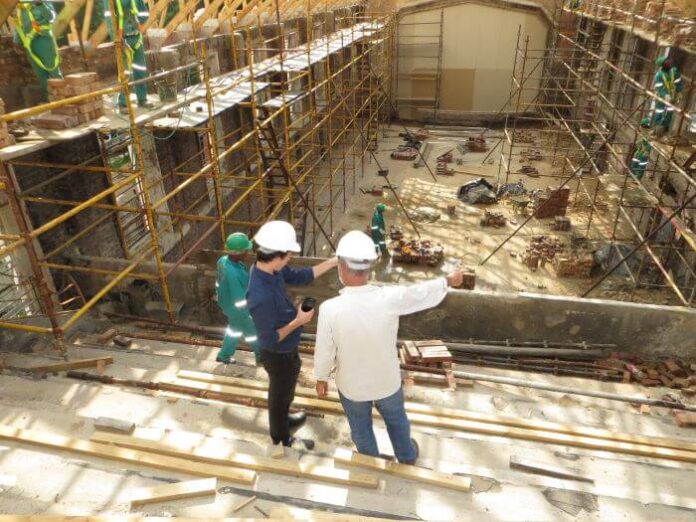If you’re a project manager on a construction site, you already know how many items are on your to-do list, which is why you likely already have some time-saving software on your computer system. If you don’t, or if you’re new to construction job-costing software and you’re not sure what all the fuss is about, you’ve come to the right place. The right software can be a true miracle worker, and below are a handful of things you likely didn’t know about it.
1. It Can Make Every Aspect of the Job a Lot Easier
When you start keeping track of job costs, the first thing you’ll notice is how complex the job is. After all, there are three main categories of expenses: labour, overhead, and materials, and each of these costs can be direct or indirect. There are also job costing and process costing methods, with the former being a much more detailed method than the latter. Confused yet? With the right job-costing software made just for construction professionals, it does the hard work for you so you can concentrate on other things.
2. It Makes Tracking All Aspects of the Job Much Easier
The right construction job-costing software tracks three main things:
- Efficiency: Learn exactly where you are at any moment, especially when trying to keep track of overruns or identify any trends that might be a concern later on in the process.
- Progress: Compare your actual costs to expected expenses so you can make adjustments when necessary.
- Cash flow: Since construction jobs often involve being paid at different times once certain tasks are completed, the right software will keep track of all of this.
Because of this, you can run your business a lot more efficiently so that your chances of running in the black are greatly increased.
3. You Can View the Project’s Specifics Anytime You Like
Whether you’re trying to find out which employees were on the clock during a certain shift or the exact amount of your last invoice to a certain supplier, job-costing software can be a huge help. As long as your data entry person keeps everything current, you can look at your reports and data on a daily basis and find out exactly how much you’re spending or whether or not you’re currently on budget. All of the financial details of the project will be there on the screen with the click of a mouse, making it super easy for you to find the information you need.
4. It Can Maximize Your Inventory Management
Managing your inventory is an important part of any job, including construction jobs. With the right software, you can take a peek at your inventory at any time, which means you’ll be able to prepare for the next phase of the project without any problems. Not only can you estimate how much product and supplies you’ll need next, but you won’t be reordering unnecessary materials all the time because you’ll know exactly what you have on hand all the time.
5. It Saves Both Time and Money
Job-costing software has different features depending on the maker of the software, but all of it saves you both time and money. In business, time always equals money, so if you can find something that saves you both, you’re already ahead of the game. The packages usually require a monthly charge and include regular updates, and they can cost as low as $50 per month or as much as $350, depending on what it offers. Whatever you choose, it’s going to cost less than working on the project without it.
6. It Has Tons of Features You’ll Find Useful
Each type of construction job-costing software has different features, but a few of the features commonly found in this type of software include:
- Item details, including time, quantity, business costs, and cost of materials
- Database of supplier pricing, including costs from local suppliers
- Multi-item updates allowing you to select an item and change its price across the board instead of updating each one individually
- Formulas used for specific calculations of area, distance, and volume, among other things
- Integration of takeoff software, which you can often integrate with your preexisting takeoff software so that you don’t have to manually input data into your estimates
7. It Is Customizable
One of the biggest perks of choosing the right job-costing software is that, while there are tons of valuable features, you don’t have to use all of them just to benefit from it. In fact, you can customize the software so that it gives you everything you need and nothing that you don’t. You can rearrange most of the features of most programs in order to easily find the ones you use most often. And don’t worry if you’re technologically challenged because these programs are very user-friendly.







